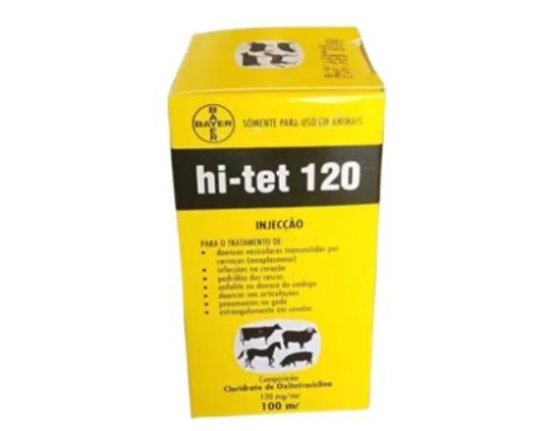Faber also says that over the next 10 years, or seven years, if investors can maintain their purchasing power, they are doing okay. Precious metals is a favourable avenue. It may not be the best, but it is relatively safe.
Hypothetically, if someone gives you $10 million, you are free to invest for the next three years but with the rider, the money should give 40% to 50% return in the next three years. How would you invest that $10 million?
Marc Faber: I will give it back to you because I do not think that you will make a 40-50% return in the next three years. I want to sleep well at night. I do not want to lose you as a friend. So, I will give it back to you and tell you, please give it to someone else.
What if I increase the time frame to five years?
Marc Faber: Even five years will be 10% per annum. I look at my money, which I manage, among others, and I do not think that it is easy to achieve a 10% return per annum if you are diversified. I like to be diversified. I have different currencies and I have gold and I have stocks. In some emerging markets, I could see that I could make maybe 10% per annum, including the dividends. The dividends would be, 5% per annum and the stock return 5%, so maybe 10%.
But I am not sure that you make the 10% in real terms, inflation-adjusted. I would not know. However, investors should move away from the belief of making money out of assets into the belief that something is not right in the global economy. And the question should be, how do I navigate negative returns in asset markets? Say, assuming everything comes down for whatever reason, everything comes down, how do I survive best if everything comes down?
My view would be precious metals will probably go down less than other items. But if everything drops 50% and gold drops 20%, you are like a king because all your friends lost 50% and you only lost 20%. But what I want to say is people should change their views and think we had this wonderful asset inflation for the last 40 years. It is going to come to an end. When it comes to an end, it is going to go downhill. When it goes downhill, you want to essentially lose the least. It is not a question to make money, it is just a question to lose the least. So that is my view of asset markets.
So, when you say it is about capital protection and less about capital appreciation, where do you think we have the makings of what could be called a bubble or a trouble? Where do you think this instrument or this particular financial asset is headed toward a bubble?
Marc Faber: Well, to tell you the truth, I think everything is in a bubble. On Monday, they sold a t-shirt of the famous US baseball player Babe Ruth, for $24.1 million. You have to ask yourself, it is grossly inflated. But we can discuss what is the most inflated and what is the least inflated. The most inflated are the FAANG stocks in the US, the so-called Magnificent Seven. The Magnificent Seven stocks have a market capitalisation that is larger than all Chinese listed stocks, including Hong Kong. This is something for the history books that seven stocks in the US have a larger market capitalisation than China with 1.3 billion people and very large and successful companies that we have to see.You may not recall, but I distinctly remember when we met you for the first time, it was in 2001 in India, that was right after 9/11. You had predicted that a big bull market in commodities was about to start. In 2007, you were one of the first to say that, there is a problem in the US real estate market, and six to seven months after that, it got punctured. What to your mind could be that one five- to seven-year mega prediction or mega trend according to you?
Marc Faber: My view is that over the next seven years, the returns on US equities will be negative in real terms, inflation-adjusted and that I think is quite clear. I have maintained for the last 20 or 30 years that an investment in India would be more successful than a typical investment in the United States. Now the Indian stock market is on the high side. I would not necessarily rush out and invest in India, but there is some value in commodity markets. Food prices are relatively low and my friends who are very well informed think that World War III is going to happen. I am more optimistic because I am an optimistic person. I hope that we can avoid it. But obviously, World War III would destroy pretty much all asset markets, that would be a terrible event. And over the next 10 years, as I said, or seven years, I think if you can just maintain your purchasing power, you are doing okay. And so, I still feel that precious metals is a favourable avenue. It may not be the best, but it is relatively safe.
I remember, again, a conversation that we had was that Indians should start buying real estate in island cities, that as Indians will get richer, they will buy more real estate, more holiday homes. Anything else, which do you think a country like India would be consuming where investors could lay their bets right now? I can see that happening in India now. Holiday homes are becoming part of every rich urban lifestyle. Anything else you would pick out?
Marc Faber: If I were in India and I am not a specialist on microeconomic facts in India, but what I have seen, both in Switzerland and then in the United States, and also to some extent in Asia, is that a lot of collectibles go up a lot in value. I will give you an example. My grandfather built a large hotel in 1910 in Engelberg. It is famous for Titlis Mountain because that has an air cable that rotates 360 degrees while it goes up. Many Indians would have been to Engelberg and would know the place because already in the 1950s, we had a lot of Indian visitors.
What I saw then is that old propaganda posters about tourism went up a lot in price and became collectibles. When I arrived in Hong Kong, I bought 3,000 posters of the Chinese revolutionary art of the propaganda art of Mao Zedong, and then I bought badges and so forth. If I were in India, I would buy posters of famous movies and famous actors and store them for 50 years and then you can get a very high price, I tell you, that is what I would do.
When do we get to see you in India? When do we get the honour and the pleasure of having a cup of coffee with you right in the studio?
Marc Faber: Yes, I would like to go back to India. It would be very nice. I started travelling to India in 1973, and then I went to many different places to the south and Rajasthan quite a few times. The south impressed me deeply because people are so religious, and it is a different atmosphere from the north of India.
For me, India is a wonderful country. At the time I started to travel to India, it was very difficult for foreigners to get a visa. I was rejected by the Indian consulate in Chiang Mai on numerous occasions because they always had the most arrogant and incompetent people in the consulate. They singled out people who did not suit them and they did not give them a visa. But now it is easy. Now there is no more a problem.
Like I said, I love the title of the report, the Gloom, Boom and Doom.
Marc Faber: I thank you very much for your time. I wish your viewers and listeners all the best in their investments and to remember from your religion that money is not everything.







